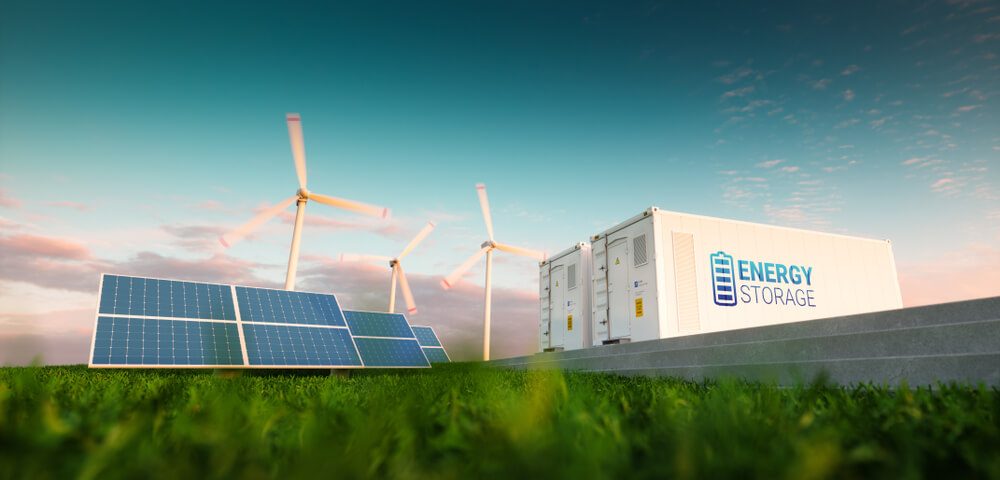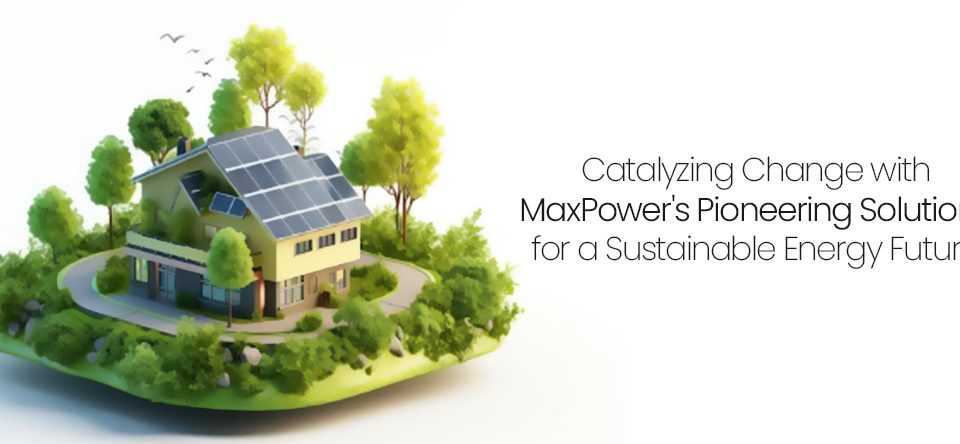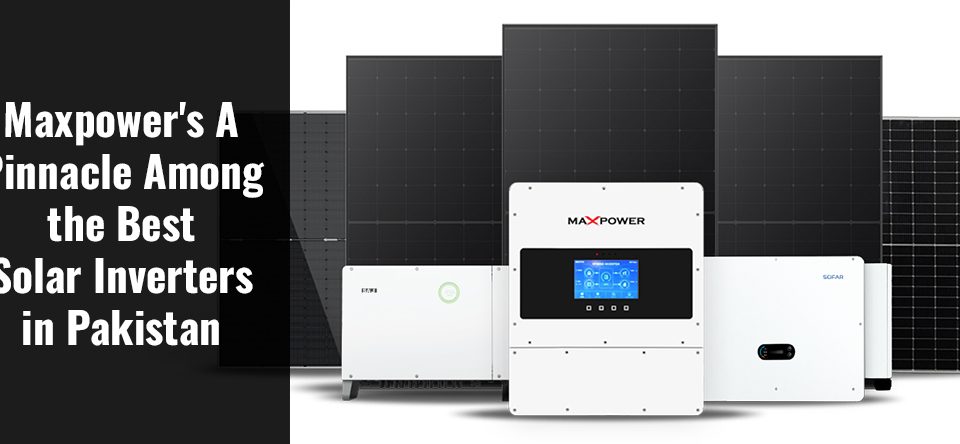
101 Beginners Guide for Solar Battery Installation
September 2, 2021
Grounding your Solar Panel System to Prevent Surge Damage
August 29, 2021Questions like “is it possible to gain complete energy independence?” or “how solar batteries work?” bump in our section a lot. So here, we have summoned up a solar battery guide to answer most about the solar battery—their working and how they are actually helpful to outbeat blackouts with stored solar energy
Depending on the typical national power suppliers for energy to operate the places, it may cause discrepancy sometimes—although, the established regions have come out to be proficient in being constantly provided with energy to residential and commercial areas—in most of the under-developing regions, minor to major power issues are still common; i.e. power outbreaks, load shedding, and blackouts, etc.
To tackle the common blackouts, and load shedding issues, solar panel systems are extremely helpful. The energy stored in the battery packs being generated through the solar plates is helpful in beating this hassle. Here, we will discuss how solar panels are efficient in storing energy in battery packs.
Which Solar Panel Systems Work with Batteries?
Mainly, solar panels have the task of generating energy and transferring it to the charge controller or solar inverter (depending on the solar panel system). There are different sorts of PV systems that are installed from residential to commercial level places with different output purposes. These are;
- Off-Grid
- Grid Tied (On-Grid)
- Hybrid
Off-grid solar panel systems are energy independent from the grid, mostly they are used when the utility grid is not accessible (no power supply, in the range). In the broad daylight, they provide energy from the direct production from the sun radiations and they send excess energy generated to batteries.
Generation of Energy in Solar Panel System & Storage
Sun rays fall on the solar plates, semi conductor in them has free electrons that are pushed because of these radiations—this way energy is generated within the solar panels and is transferred ahead.
How Does a Solar Battery Pack Works?
Whilst the installation of a solar panel system, the batteries must be included along with it, depending on the capacity of the PV system. In this manner, a solar solution expert (MaxPower) is helpful—anyways once you get the right battery pack connected to the solar power system—now, you can store excess solar energy rather than typically depositing it to the grid. When the solar plates are producing more energy than consuming ratio, this energy is used to charge the battery.
At the times, when the plates are not getting any sunlight, or producing solar energy—the system draws power from the battery to operate standard appliances. This way, with the help of solar batteries, a place remains inbound of electricity without even being connected to the utility grid.
Different Types of Solar Batteries and Pros & Cons
Generally, there are two sorts of batteries used with the solar system;
- Lead-acid
- Lithium batteries
Here, we have described the general differences between the lead-acid and lithium batteries, their types, uses, pros & cons and other information as well.
Lead-Acid
The lead acid batteries are distinctly in use for than one and a half century. It was the first type of rechargeable battery and still in common industry but with refined structure and efficiency. For the off-grid solar setups, they are one of the widely used batteries.
Composition & Structure
The negative electrode of the batteries is made of spongy or porous lead. On the other hand, the positive electrode is made lead oxide—the electrodes are submerged in an electrolytic solution. The solution mainly contains sulfuric acid and water.
In the lead acid battery types, they have further two more categories;
- Seal lead-acid
- Flooded lead-acid
Flooded Lead-Acid Batteries
The flooded lead acid batteries are also known as wet lead acid batteries—these have caps on the top of the cell compartments that are used to fill distilled water in them.
Pros of Flooded Lead-Acid Batteries
- They are recyclable (up to 99%).
- These batteries are inexpensive.
- Installation and removal doesn’t require much hassle.
- They have a core design to handle regular charge cycling.
- Their reliability is well-proven.
- They typically have a long deep discharge cycle life.
- FLA batteries contain a high power output capability.
Cons of Flooded Lead-Acid Batteries
- They require maintenance time to time.
- Need changing or filling of distilled water every once in 1 to 3 months.
- Relatively, they have a lower volumetric energy density.
- They can be only installed/placed upside-down.
- At the time, they receive damage, or get old; they can leak acid, which is hazardous.
- They emit gases, thus require ventilation.
Sealed Lead-Acid Batteries
The sealed lead-acid batteries are totally sealed with no need of refilling distilled water or electrolytic solution. They have limited amount of electrolytes that are absorbed—in a plate separator or formed into a gel.
There are typically two sorts of sealed-lead acid batteries;
- AGM (Absorbed Glass Mat)
- Gel Mat
AGM (Absorbent Glass Mat)
The composition of AGM batteries consists of a same chemical base of a lead-acid battery but the positive and negative plates are separated with an absorbent glass mat. The AGM is responsible for the absorption and holding of the battery’s acid to prevent free-flowing. The plastic case is completely sealed, thus making the AGM batteries completely compressed under pressure.
Gel Mat
The gel mat lead-acid is the same chemistry-based lead acid battery but a valve regulated one—electrolyte in this battery has a pre-determined quantity, with a typical solution of sulphuric acid and silica fumes.
- They use electrolyte as gel.
- They use more electrolytes for better contact with plates/active materials and container walls.
This is extremely helpful in releasing internal heat and cooling the battery temperature.
Pros of Sealed Lead Acid Batteries
- No Water Hassle: They don’t need filling of distilled water or electrolytic solution.
- Maintenance Free: No requirement of maintenance for batteries.
- Installation: Gel mat lead-acid batteries can be installed side-ways or any tilted position (rather than upside-down).
- Safe Operativity: The operation is completely safe with these batteries, as there is no liquid.
- No Gas: They are fume free, unlike a flooded lead-acid battery; they do not release any toxic gas as byproduct.
- Lifespan: These batteries have a longer cycle life.
- Self-discharge ratio is very low, thus ensuring a better/longer shelf life.
- Stand-by: They can keep the electrolyte steady when not in operation, thus ensuring longer stand-by time.
- Heat Tolerance: The sealed lead-acid batteries are extremely tolerant to high levels of heat, thus, making the best matched battery for solar panel systems.
Tip: Batteries like; Max Power’s Tubular Deep Cycle MPT2240 & Tubular Deep Cycle MPT2240 are efficient in this category, ensuring high level of performance with longer lifespan.
Cons of Sealed Lead Acid Batteries
The sealed lead-acid batteries have these drawbacks as well;
- Price: The expensive rates are the main issue of buying a sealed lead-acid battery—most of the people turning from flooded towards sealed find this as a con.
- Charging: The charging is slow but that is not the main hassle about it—the user need to be very keen about the charging status of the battery, and when it is fully charged, it must to taken off. As the battery can face permanent damages due to voids in electrolyte.
- Heat Tolerance: Most of the gel battery models are not that tolerant to external heat, the continuous exposure might shorten the battery life.
Other Applications of Lead-Acid Batteries
The lead-acid batteries are likewise used for;
- UPS Systems
- Automobiles (minor purposes; starting, lighting, & ignition, etc.)
- Grid-scale power systems
Lithium Batteries
Lithium batteries have hit the market in the early 70s. They are the newest form of renewable energy storage keeping with the ordinary audiences. They are the most expensive one thus, are not keenly in use for the larger scale, but some keen enthusiasts still prefer them for the solar system.
These mainly have applications in laptops and cellphones. These batteries have characteristics as;
- Longer lifespan
- Completely maintenance-free
- No worry about the position of the batteries
- Very efficient power outcome
- They store more energy while acquiring less space.
- No emission of gas
- No ventilation is required.




